Discover the secrets of this ancient civilisation…
Facts about Ancient Egypt
Read our 10 quick-fire facts on this ancient land, or scroll down to see our modern-day Egypt country profile!
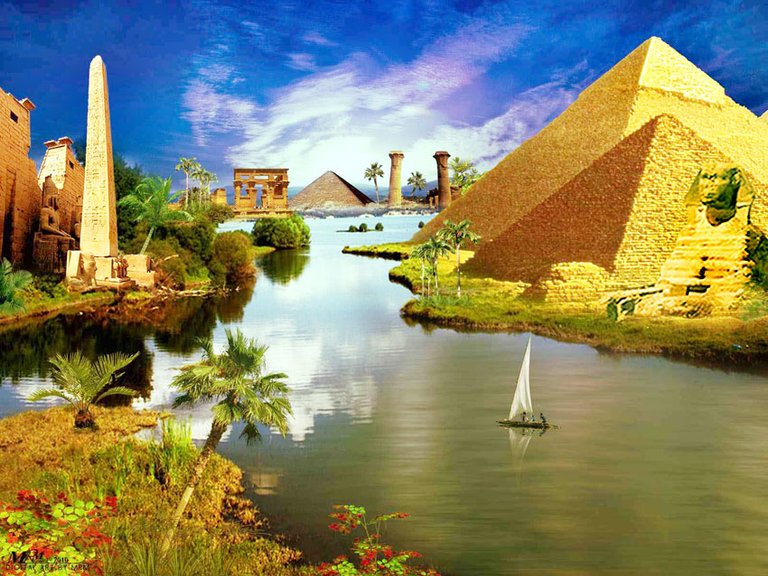
- Most Ancient Egyptian pyramids were built as tombs for pharaohs (rulers of Ancient Egypt) and their families. To date, over 130 pyramids have been discovered in Egypt.
- The afterlife was incredibly important to the Egyptians. They believed that by preserving a dead person’s body – which they did through the process of mummification – their soul would live on in the after-life forever.
- The Pyramid of Khufu at Giza is the largest Egyptian pyramid. This incredible structure weighs as much as 16 Empire State buildings!
- Both Egyptian men and women wore make-up. The eye-paint was usually green (made from copper) or black (made from lead). As well as offering protection from the sun, the Egyptians believed make-up had magical healing powers, too!
- Unwrapped, the bandages of an Ancient Egyptian mummy could stretch for 1.6km. Yikes!
- The Egyptian alphabet contained more than 700 hieroglyphs! Uncover the meaning behind these ancient symbols by checking out our awesome hieroglyphics feature.
- Ancient Egyptians believed in more than 2,000 deities! They had gods for everything, from dangers to chores! Each had different responsibilities and needed to be worshipped so that life could be kept in balance.
- Cats were considered to be a sacred animal by the Ancient Egyptians. It’s thought that most families kept a cat as a pet, which they believed would bring the household good luck!
- Love playing boardgames with your pals? Well, gang, so did the Ancient Egyptians! One popular game was Senet, which was played for over 2,000 years! The game involved throwing sticks (in the same way we throw dice) to see how many squares to move your piece forward on the board.
- The Ancient Egyptians invented lots of things we still use today, such as paper, pens, locks and keys and – believe it or not – toothpaste!
Country fact file: Egypt today
Incredible ancient monuments, scorching deserts and bustling cities – this ancient country is now a sprawling, modern landscape! Read on to learn about the Egypt of today…
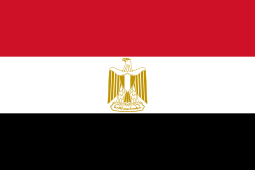
Egyptian flag
OFFICIAL NAME: Arab Republic of Egypt
FORM OF GOVERNMENT: Republic
CAPITAL: Cairo
POPULATION: 87, 562, 261
OFFICIAL LANGUAGE: Arabic
MONEY: Egyptian pound, guinay
AREA: 1,001,449 square kilometres
MAJOR MOUNTAIN RANGES: Eastern Highlands
MAJOR RIVER: Nile?
FLAG:
Map of Egypt
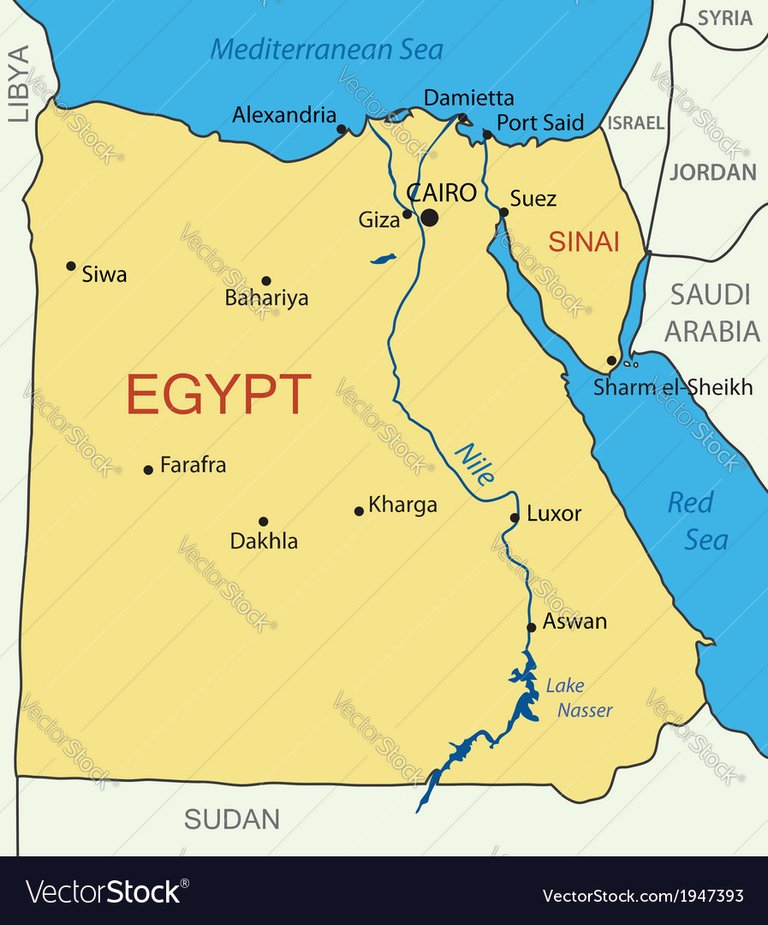
Egypt: geography and landscape
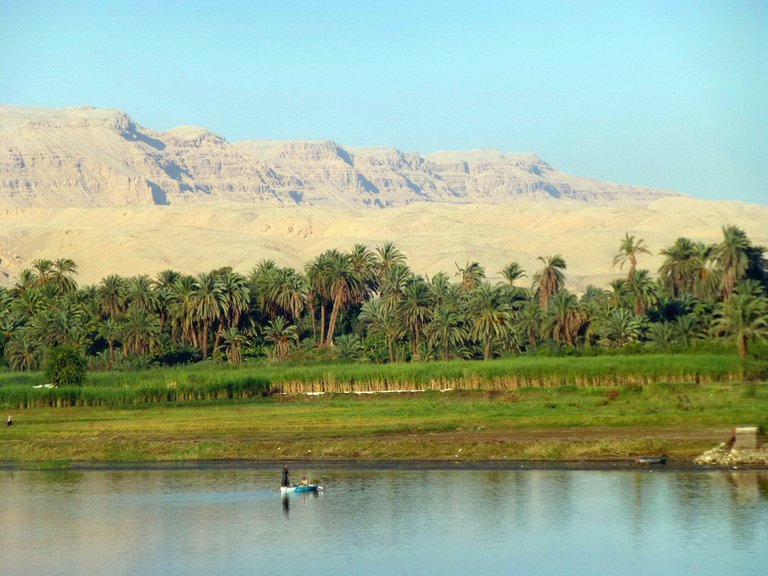
Without the Nile River, all of Egypt would be desert. Only about an 2.5cm of rain falls throughout Egypt each year. But each summer, the Nile river rises because of rains at its source, far to the south in Ethiopia. When this happens, floods cover the river’s valleys, leaving sediments needed for trees, plants and crops to grow.
Egypt is often divided into two sections – Upper Egypt in the south and Lower Egypt in the north. The sections are named this way because the Nile flows from south to north. The river empties into the Mediterranean Sea, on the country’s north coast.
Southern Egypt’s landscape contains low mountains and desert. Northern Egypt has wide valleys near the Nile, and desert to the east and west. North of Cairo (Egypt’s capital city) is the sprawling, triangular Nile River Delta. This fertile land is completely covered with farms.
Egypt’s incredible nature
Egypt is home to a wide variety of animals and plants, including cheetahs, hyenas, crocodiles and cobras. The best places to see Egypt’s wildlife are in its 21 protected regions, which include oases, deserts, mountains, coastal areas, river islands and wetlands.
Egyptians have always been close to the natural world. The ancient Egyptians left paintings and carvings (which can still be seen today!) of large animals like elephants, hippos, leopards and cheetahs. These animals were once common in Egypt, but they are now rare or extinct because of hunting and habitat loss.
The history of Egypt
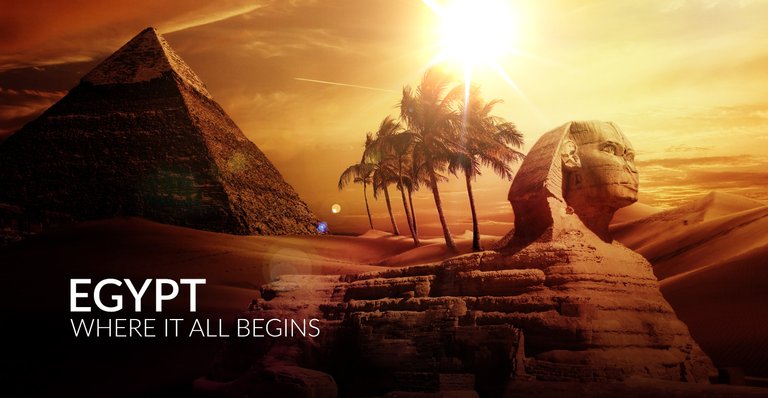
The first people to live on the banks of the Nile were hunters and fishermen, who settled there over 8,000 years ago. They learned to grow crops and raise animals, and they began to build villages and towns. They traded with their neighbours and learned to sail boats. By 3000 B.C., a civilisation was established.
Around 3100 B.C., the kingdoms of Upper and Lower Egypt were unified under a powerful king, later called a pharaoh. These kings built huge pyramids, temples and other impressive monuments. They also conquered other lands.
By 1000 B.C., Egypt had split into smaller parts and the kingdom was in decline. Strong neighbours attacked and took over Egyptian territory – in 31 B.C., Egypt fell under Roman control and centuries later, in A.D. 640, Muslim warriors took over Egypt. These Arab forces ruled Egypt for several centuries and founded the modern capital, Cairo.
In 1882, the British invaded and occupied Egypt. The British wanted control of the Suez Canal, which linked the Mediterranean Sea with the Red Sea and greatly shortened the sailing trip from Asia to Europe. The British stayed until Egypt declared independence in 1952.
Egyptian people and culture
About 90 percent of Egyptians are Muslim, which means they are followers of the Islam religion. About ten percent of Egyptians are Copts, one of the oldest branches of the Christian religion.
Egypt’s population is growing rapidly. This puts strain on Egypt’s resources, since most people live in a narrow strip of land along the Nile River. Having so many people in such a small area causes overcrowding everywhere, from schools and hospitals to apartment buildings and public transport.
Children are highly valued in Egypt, especially in rural areas where they help on family farms. Children are also expected to look after their parents in their old age.
Egyptian government and economy
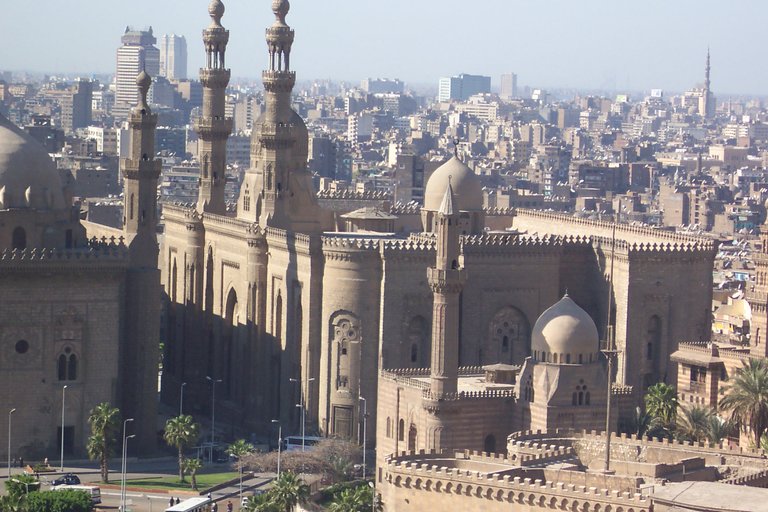
Egypt’s geography, population, history and military strength have made it highly influential in the region. Egypt is a democratic republic, although some critics claim that it is not truly democratic. Until 2005, there was never more than one presidential candidate to vote for.
Egypt’s most valuable resources are oil and gas, which are exported to other countries. Other exports include metals, textiles, livestock and chemical products. Tourism is also an important part of Egypt’s economy, with visitors flocking to see the famous ancient monuments and to enjoy the country’s beautiful beaches.
Hi! I am a robot. I just upvoted you! I found similar content that readers might be interested in:
https://kids.nationalgeographic.com/explore/countries/egypt/
✅ @hussainzaidi, I gave you an upvote on your post! Please give me a follow and I will give you a follow in return and possible future votes!
Thank you in advance!